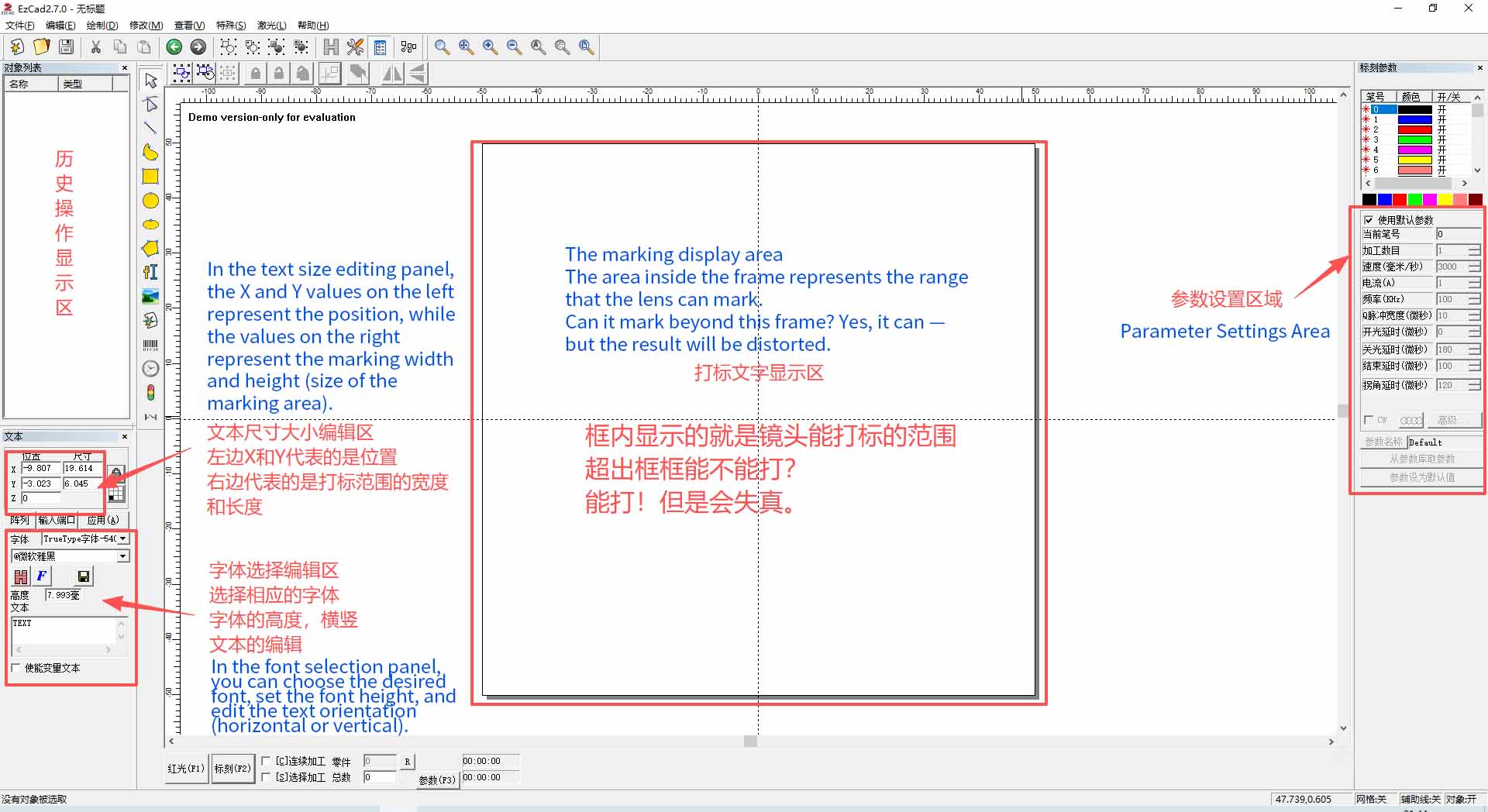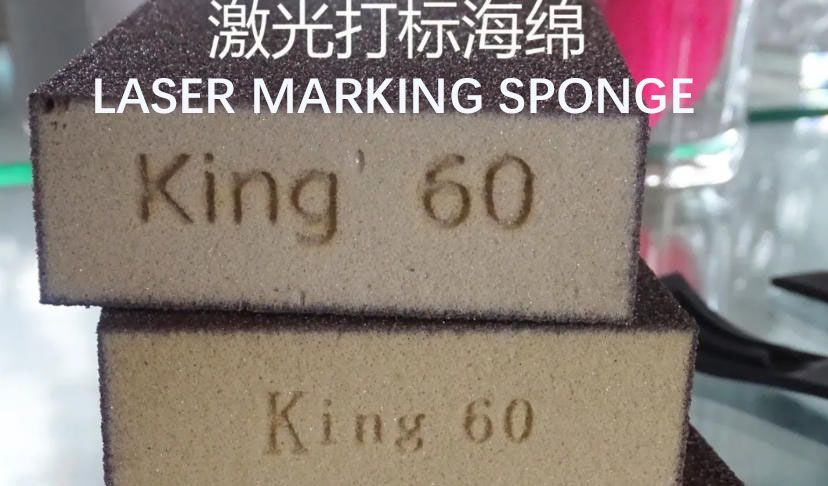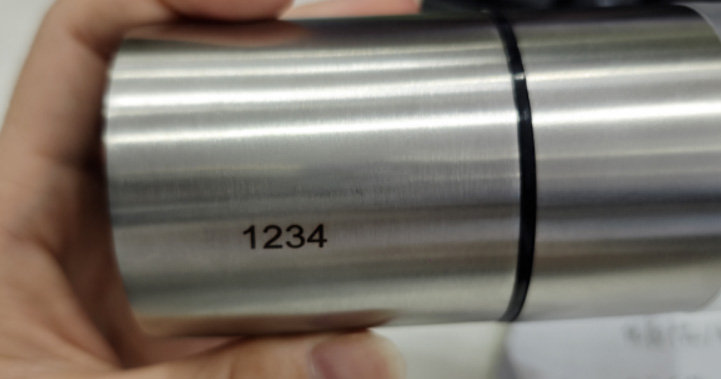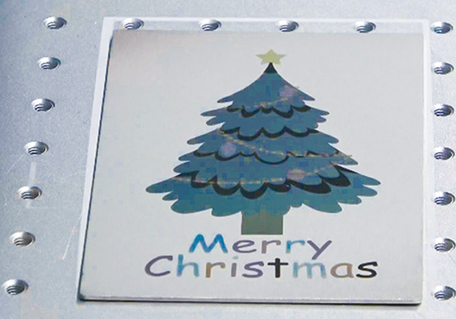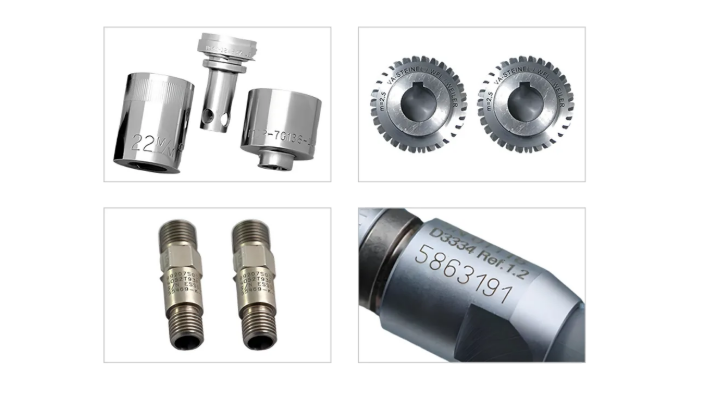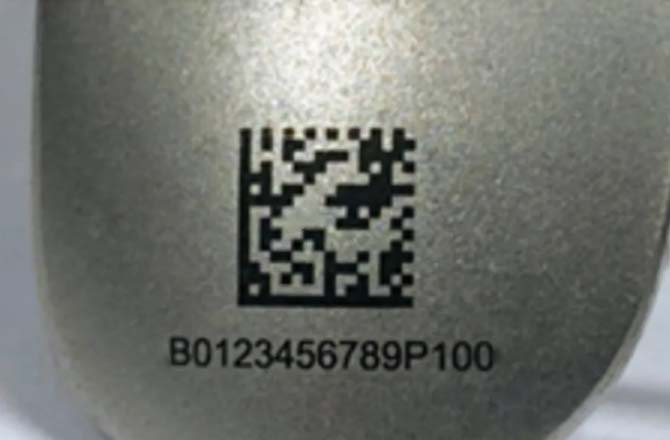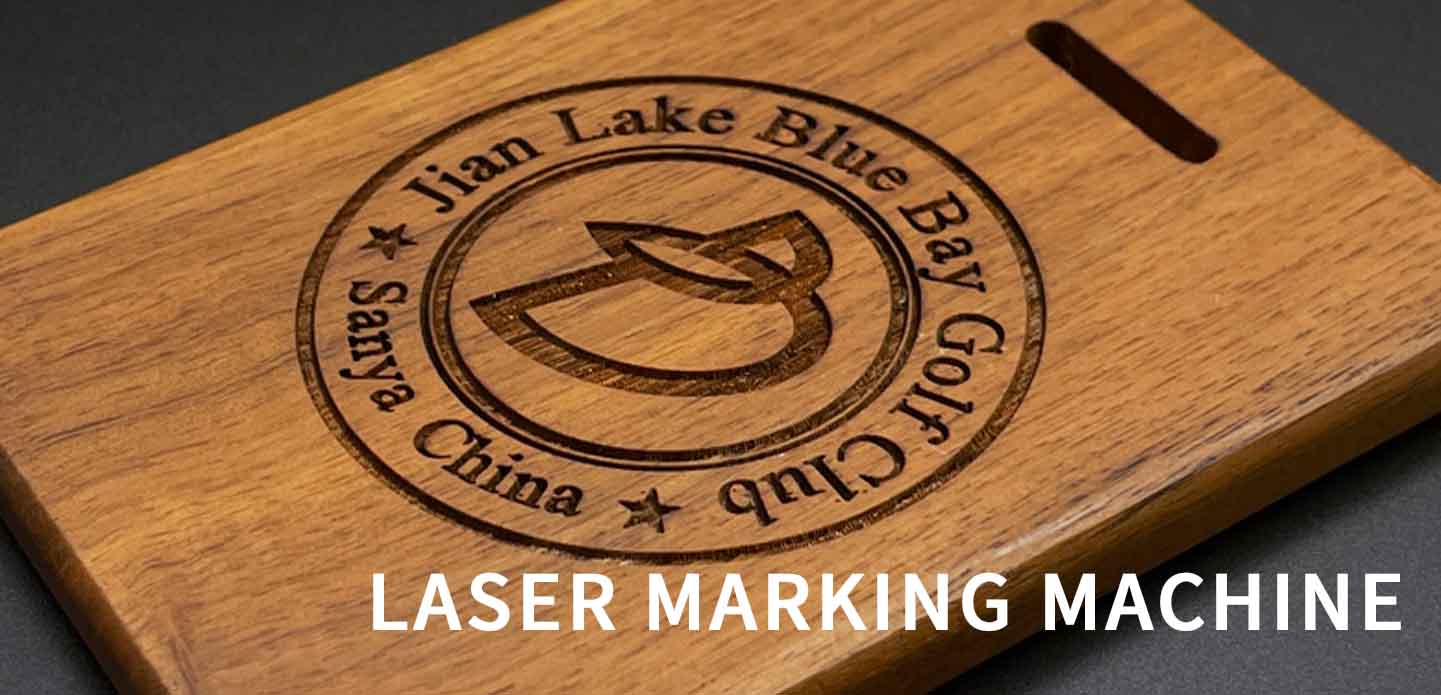
A CO2 laser machine is one of the most versatile and widely used types of lasers in industrial, commercial, and even creative applications. Powered by a mixture of carbon dioxide gas excited by electrical energy, this technology produces a powerful infrared beam capable of cutting, engraving, and marking a wide range of materials. Whether you are a small business owner, a hobbyist, or part of a large manufacturing operation, understanding what a CO2 laser does can help you choose the right CO2 laser engraver for your needs — and get a better sense of the CO2 laser cost you should expect.
How a CO2 Laser Machine Works
A CO2 laser machine operates by exciting carbon dioxide gas in a sealed tube with electrical energy, which emits a beam in the infrared spectrum (10.6 µm wavelength). This beam is then focused through a lens to achieve a high-energy point capable of vaporizing, burning, or melting materials. The precision of the beam allows for intricate designs, clean edges, and consistent cutting depths, making the CO2 laser engraver an ideal tool for detailed work.
Main Applications of CO2 Laser Technology
A CO2 laser engraver is popular because it works on non-metallic materials such as wood, acrylic, leather, paper, glass, textiles, and some coated metals. Common applications include:
Engraving: Personalized designs on gifts, trophies, or promotional products.
Cutting: Precise shaping of acrylic sheets, fabrics, or wood panels.
Marking: Adding logos, serial numbers, or barcodes for traceability.
Etching: Decorative patterns on glass, ceramics, and coated metals.
If you plan to buy a CO2 laser machine, your choice will depend on your material types, production volume, and budget.
Understanding CO2 Laser Cost
The CO2 laser cost varies widely depending on several factors:
Power Output – Lower wattage machines (e.g., 40–60W) are generally cheaper and suited for light engraving. High-wattage options (100–300W+) can handle thicker materials and faster production but come at a higher cost.
Bed Size – A larger working area increases flexibility but also raises the price.
Build Quality – Professional-grade machines with better cooling systems, sturdy frames, and high-precision optics typically have higher CO2 laser cost.
Software and Features – Machines bundled with advanced software or autofocus capabilities tend to cost more.
Brand and Support – Well-known brands with good after-sales support may have a higher price tag but offer better reliability.
Entry-level desktop CO2 laser engraver units can start around $400–$1,000, while industrial CO2 laser machine models can range from $5,000 to $50,000+.

RF Metal CO2 Laser Tube – DAVI 20W 30W 50W
Advantages of Using a CO2 Laser Engraver
High Precision – Capable of extremely fine detail without contact with the material.
Versatility – Works on a wide range of organic and synthetic materials.
Speed – Faster production compared to many traditional cutting or engraving methods.
Consistency – Delivers uniform results across large batches.
Conclusion
In short, a CO2 laser machine is a powerful tool for cutting, engraving, marking, and etching, making it valuable for industries from signage to fashion to product personalization. When evaluating a CO2 laser engraver, it’s important to understand your specific needs, the range of materials you will process, and the CO2 laser cost that fits your budget. With the right choice, you can enjoy years of high-quality, precise, and creative results.

